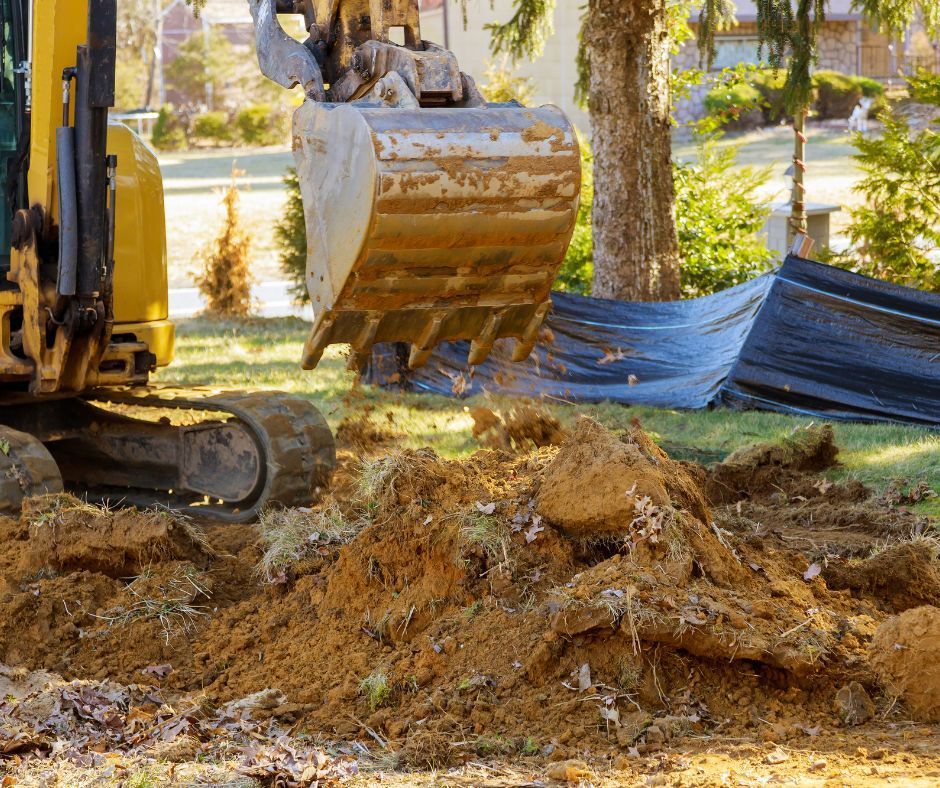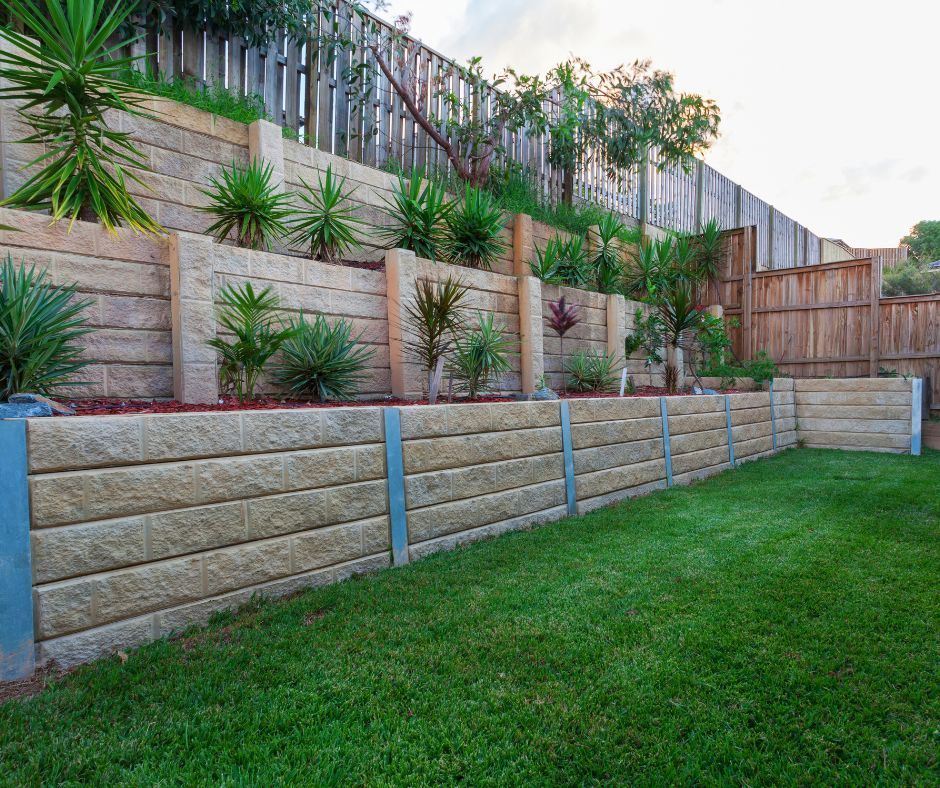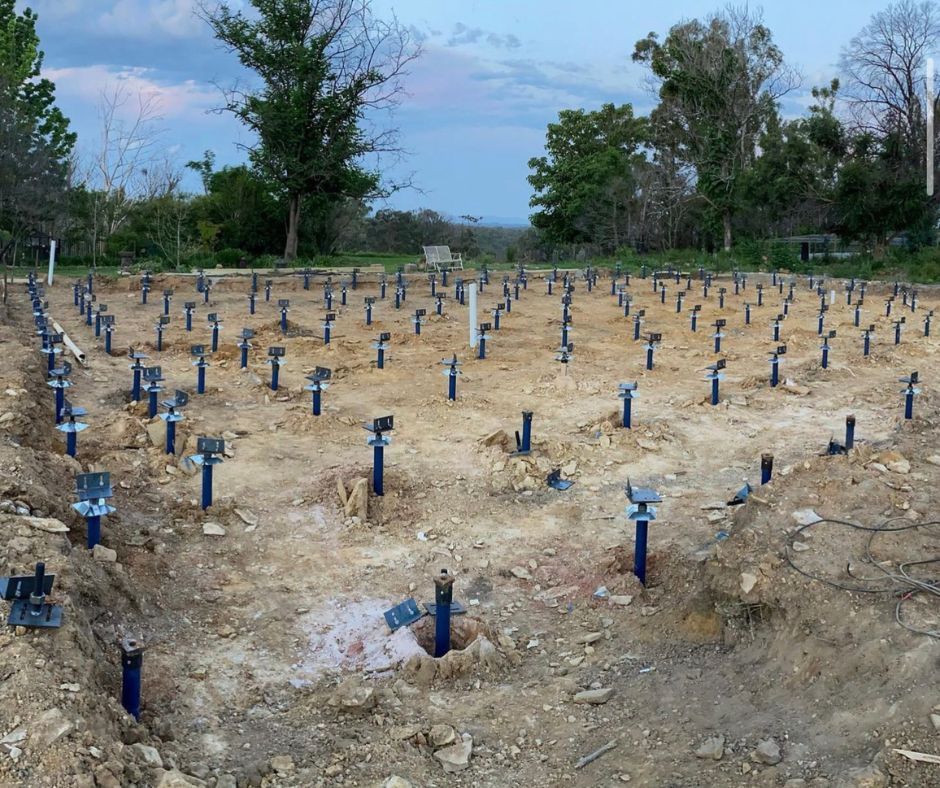What Are Foundation Piers & Their Types: Aussie Home Guide
Think foundations are just about concrete slabs?
Across Australia, soil conditions vary from sandy coastal stretches to reactive clay, and heavy rain or flooding can put even the best buildings to the test. That’s why the choice of foundation for your home is one of the most important decisions in any project.
Foundation piers have been a reliable solution for generations. These vertical supports transfer the weight of a house down to stable ground, keeping everything secure.
This article explains the different types of foundation piers and how to choose the best option for your block.
What Are Foundation Piers?
Foundation piers are vertical structural elements placed beneath a building to support and stabilise it. Their main job is to carry the load of the home and transfer it down to stronger soil or rock beneath the surface.
Unlike slab foundations, piers are particularly useful where ground conditions aren’t uniform. They reduce the risk of uneven settling, cracks, or water damage, making them a smart choice for challenging Australian sites.
Why Choose Foundation Piers in Australia?
They’re a smart choice for homes in Campbelltown, Wollongong, and Nowra. These areas often deal with reactive clay soils, which can lead to cracking or uneven settling. Foundation piers help prevent these issues by providing strong, stable support beneath the home.
On sloping blocks around the Illawarra and South Coast, piers offer stability where concrete slabs can be difficult or costly to install. In flood-prone areas of Nowra and the coastal suburbs of Wollongong, foundation piers elevate homes above ground level, reducing the risk of water damage. Whether you're restoring a character home or building something modern, foundation piers are well-suited to the local conditions.
Foundation Pier Types
Concrete Piers (Bored Concrete Piers / Caissons)
These are created by drilling holes into the ground and filling them with reinforced concrete. Known for their strength and durability, they’re ideal for heavy loads and long-term stability.
Screw Piers (Helical Piles / Screw Piles)
Screw piers made from steel with helical plates are literally screwed into the ground. They’re quick to install with minimal disruption and are widely used across NSW and QLD for residential projects and can be a great alternative to concrete piers in the right soils.
Timber Piers (Pier & Beam / Stump Foundations)
A traditional choice, timber piers use treated hardwood stumps to raise houses above the ground. This design promotes ventilation and offers protection in flood-prone areas. However, timber requires regular checks for pests and rot.
Masonry / Precast Concrete Piers
These are either built onsite with bricks or blocks or delivered precast. They can be tailored for specific designs and installed relatively quickly, but they may come with higher upfront costs.
Which Foundation Pier Types are Right for You? A Side-by-Side Comparison
The right pier will depend on your block, budget, and future needs. The table outlines the main types with their pros and cons.


Selecting the Right Pier Type for Your Home
Here’s a clearer breakdown of the site-specific factors to consider when choosing the right foundation pier types for your home:
Soil Type and Stability
The strength and reactivity of the soil determine how well piers can transfer loads. Clay soils, for example, expand and shrink with moisture, making piers more reliable than slabs.
Block Slope
Steep blocks often use piers to stay stable without major digging. This approach helps control both construction costs and earthworks.
Flood and Drainage Risks
In coastal, low-lying, or high-rainfall areas, piers raise your home above ground level for added protection. This reduces the risk of water damage, erosion, and costly repairs over time.
Regulatory Compliance
All pier systems must follow the National Construction Code (NCC) and AS 2870 standards. Meeting these requirements ensures structural safety and smooth council approval for your build.
Budget Versus Long-Term Performance
Some pier options come with higher upfront costs, but they often last longer and need less maintenance. Over time, this can provide better value and reduce foundation issues.
Environmental Impact and Installation Practicalities
Different pier systems differ in the level of site disturbance and the equipment required. Some options also offer better sustainability, which can influence both the build timeline and the overall environmental footprint.
Installation Process
The installation of foundation piers is carried out step by step, and the exact method depends on what are the foundation piers needed for your site.
Site Assessment
A qualified engineer or builder inspects the block to evaluate soil conditions, slope, and load requirements.
Pier Selection
Based on the assessment, the most suitable pier type is chosen to match the site’s conditions and the structural needs of the home.
Installation Method
Depending on the pier type, this may involve drilling holes and pouring concrete, screwing in steel piles with specialist equipment, or positioning precast piers.
Inspection and Compliance
Final checks are carried out to ensure the foundation meets the National Construction Code (NCC) and AS 2870 standards before building continues.
Maintenance & Longevity
Foundation piers are made for long-term strength, though their lifespan depends on the material used. Concrete piers can perform for more than 75 years with minimal upkeep. Steel piers provide solid support but are vulnerable to corrosion without proper protection. Timber piers are less durable and require regular checks to stay safe and effective.
Regular inspections are essential for all pier types. Look for signs of erosion around the base and ensure water is draining away from the foundation. For timber piers, schedule termite checks and replace any damaged sections promptly. Taking these steps will extend the life of your piers and protect the stability of your home.

Get Your Foundation Piers Installed the Right Way with MRN Excavation!
Foundation piers provide a strong and lasting solution for homes across Australia. With a large selection of types to choose from, each with its own benefits, selecting the right system depends on your soil and block. Professional advice is key to ensuring long-term stability and peace of mind.
At MRN Excavation, we go beyond foundations. Our team provides expert excavation to prepare your site, screw pier installation for quick and dependable support, and lawn landscaping to give your property a polished finish. From Campbelltown to Wollongong and Nowra, we deliver results you can trust from start to finish.
Contact us today and let our expert teams give your project a strong foundation.



